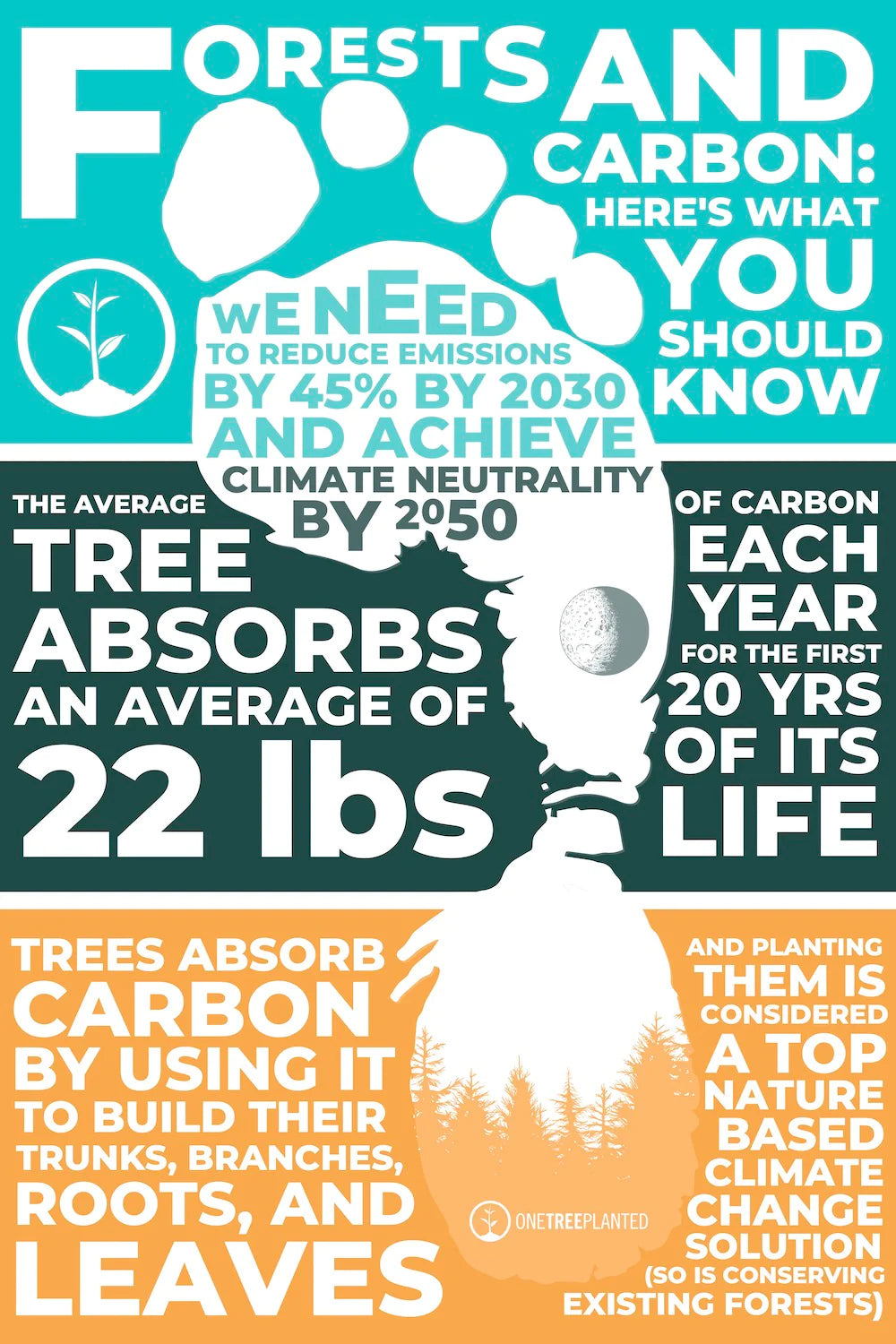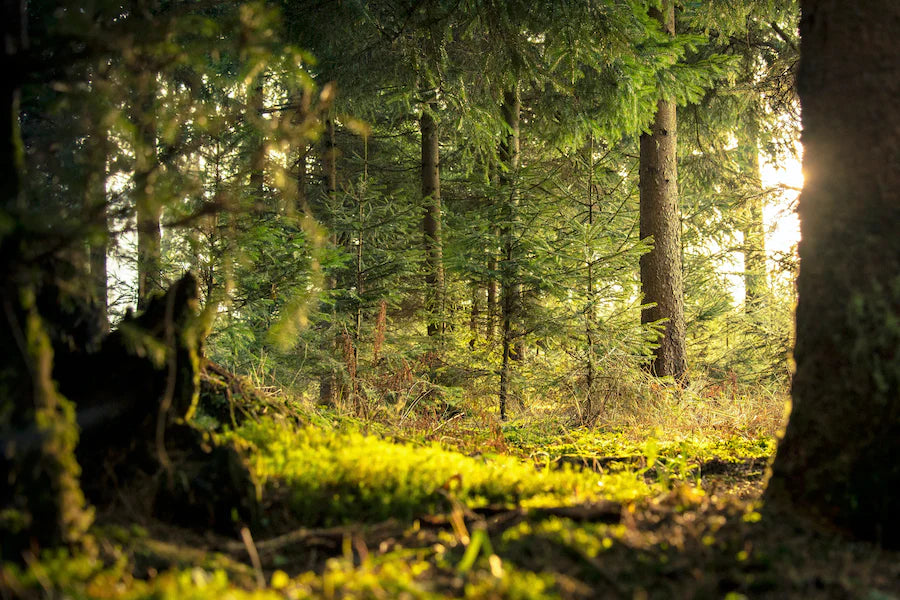Plant Trees

Happy Earth Month! Be the Change: Plant trees
About
Stay up to date on major announcements, exciting collaborations, and more.Visit our Newsroom
We make it simple for anyone to plant trees, and together we can make an incredible impact. Learn more

Stay up to date on major announcements, exciting collaborations, and more.Visit our Newsroom

We make it simple for anyone to plant trees, and together we can make an incredible impact. Learn more
Get Involved
Become a business partner to improve your company’s sustainability initiatives and make an impact. Learn more
See how your support and leadership can help us fund reforestation efforts across the globe. Learn more

Become a business partner to improve your company’s sustainability initiatives and make an impact. Learn more

See how your support and leadership can help us fund reforestation efforts across the globe. Learn more
Learn
Read about stories from the field, interesting facts about trees and get your healthy dose of nature. Visit our blog
Comprised of lesson plans, learning modules, resources, and activities, our T.R.E.E.S. School Program is the perfect addition to your curriculum. Learn more

Read about stories from the field, interesting facts about trees and get your healthy dose of nature. Visit our blog

Comprised of lesson plans, learning modules, resources, and activities, our T.R.E.E.S. School Program is the perfect addition to your curriculum. Learn more
Shop
Our fan-favorite Reforestation T-Shirt. Wear it with pride to show your support of reforesting our planet, one tree at a time. Shop now
Give the gift that lasts a lifetime! Choose an image, write your personalized message and select a delivery date to gift a tree. Gift a tree

Our fan-favorite Reforestation T-Shirt. Wear it with pride to show your support of reforesting our planet, one tree at a time. Shop now

Give the gift that lasts a lifetime! Choose an image, write your personalized message and select a delivery date to gift a tree. Gift a tree
Get Involved
Plant Trees
Get news, updates, & event Info delivered right to your inbox:
Planting Trees Helps to Reduce Your Carbon Footprint
If you’ve been paying attention to the climate crisis, you’re probably aware that humans are at least partially responsible — and that we release massive amounts of carbon dioxide (CO2) and other Green House Gases (GHGs) into the atmosphere every year - around 40 billion tons. So what can you do to address your impact and flatten the carbon curve? You can begin by bringing more attention to your lifestyle and habits — and how much CO2 those activities release as a result.
What Is Your Carbon Footprint?
A carbon footprint refers to how much CO2 we produce in our day-to-day lives. The more energy you use, the bigger your carbon footprint — even if you’re far removed from the smoke stacks and power plants that combust fossil fuels and power our lives. So how can you lower your carbon footprint?
Here Are Some Ideas to Lower Your Carbon Footprint
- Choose to walk, bike, carpool or use public transportation when available
- Purchase locally produced food and other products
- Pay to offset your carbon emissions
- Plant trees to reduce your carbon footprint
- Adopt a sustainable diet
- Make your home more energy-efficient
- Recycle, reuse and reduce your waste
- Source your energy from renewable energy sources
Because our lifestyles and access to resources vary, carbon reduction looks different for everybody — but it's likely that if you look around and consider how you can reduce your carbon emissions, something will stand out as a clear next step.

How do Carbon Offsets Work?
One solution that’s poorly understood but gets talked about a lot are carbon offsets, which essentially means paying for a process that is verified to sequester carbon dioxide from the atmosphere.
But how does this work? At the basic level, carbon offsets are a form of trade. You trade your hard earned dollars for the ability to offset any part of your carbon footprint that you can't avoid. Maybe you need to travel often for work, can’t afford to update your home right now, or live rurally and don’t have access to public transportation.
While the most effective action is to reduce your emissions in the first place, carbon offsets can offer a cost-effective way to lower your impact by creating a benefit for the planet and supporting Earth's natural filtration systems. Currently, carbon offsetting projects are based on the conservation of existing forests.The trees are already in various stages of maturity and their carbon absorption is verified via an auditing process through which trees are checked annually at the start of a project and then again every several years. Auditors typically check some of the same trees every time they come to review the forest, as well as many other random trees in the designated plot of land.
Your payment goes towards ensuring those trees can continue to grow and suck up carbon without the risk of being cut down.

Planting Trees Will Sequester Carbon in the Future
Because trees use carbon dioxide to build their trunks, branches, roots and leaves, they are natural carbon absorbers and help to clean the air. In fact, one mature tree can absorb up to 22lbs per year during their first 20 years of growth! And the benefits don’t stop there: healthy trees hold the soil together, provide a home for wildlife, regulate temperatures, slow the flow of water through landscapes, grow vital foods and medicines, and more.
But as awesome as tree planting is, any project is only as effective as the planning that goes into it. While it’s always important to prioritize trees that are native to a planting area, different species accumulate carbon at different rates. And while it may be tempting to plant fast growing trees that can absorb more in the short term, the better option is to plant a mix of fast and slow-growing trees to ensure steady and timely carbon sequestration.

Forests and Carbon Sequestration
Based on our carbon calculation methodology, there's a range between 4.5 and 40.7 tons of Carbon Dioxide removed per year per hectare during the first 20 years of tree growth. The rate of removal depends on the location and type of forest and the statistic is measured on an area basis rather than a tree basis. This is a good approach because, of course, forests are composed of many types of trees. Furthermore, the initial trees planted during a restoration project may not be the same trees present 20 years later - some trees will die naturally, and some trees will regenerate naturally from seed in the soil or brought in by the wind or by animals.
That said, deciduous trees, like oak, are generally better at storing carbon than their coniferous counterparts because their wood is denser — but there are exceptions to this. Douglas Fir, Ponderosa Pine and Redwoods stand out amongst evergreens, and other species like London Plane, Teak, and Eucalyptus have also proven quite effective. When planting, careful balancing of ecological integrity and carbon sequestration capability is essential to ensure the success of the project — and the effectiveness of your offsets.
So all we need to do is plant more trees, right? Unfortunately it isn’t that simple. While reforestation is an essential part of an effective climate change mitigation strategy, it’s important to note that planting trees alone won’t fix the climate crisis.
Equally as important is forest conservation, reducing our emissions, and prioritizing planetary health. It's all interconnected, and we should be taking all of these actions to reduce our collective global greenhouse gas emissions.
Get news, updates, & event Info delivered right to your inbox:
Meaghan Weeden
Meaghan works to share our story far and wide, manages our blog calendar, coordinates with the team on projects + campaigns, and ensures our brand voice is reflected across channels. With a background in communications and an education in environmental conservation, she is passionate about leveraging her creativity to help the environment!
Related Posts
Planting Trees in Mexico for Monarch Butterfly Habitat
18/04/2024 by Meaghan Weeden
Everything You Need to Know About Photosynthesis
16/04/2024 by Gabrielle Clawson
Among Climate Change Solutions, Where Does Reforestation Fit?
11/04/2024 by Meaghan Weeden
Popular On One Tree Planted
5 Causes of Deforestation
15/02/2024 by Meaghan Weeden
Inspirational Quotes About Trees
23/01/2024 by Meaghan Weeden
How to Reduce Waste: 21 Ideas for Zero Waste Living
16/01/2024 by Meaghan Weeden





